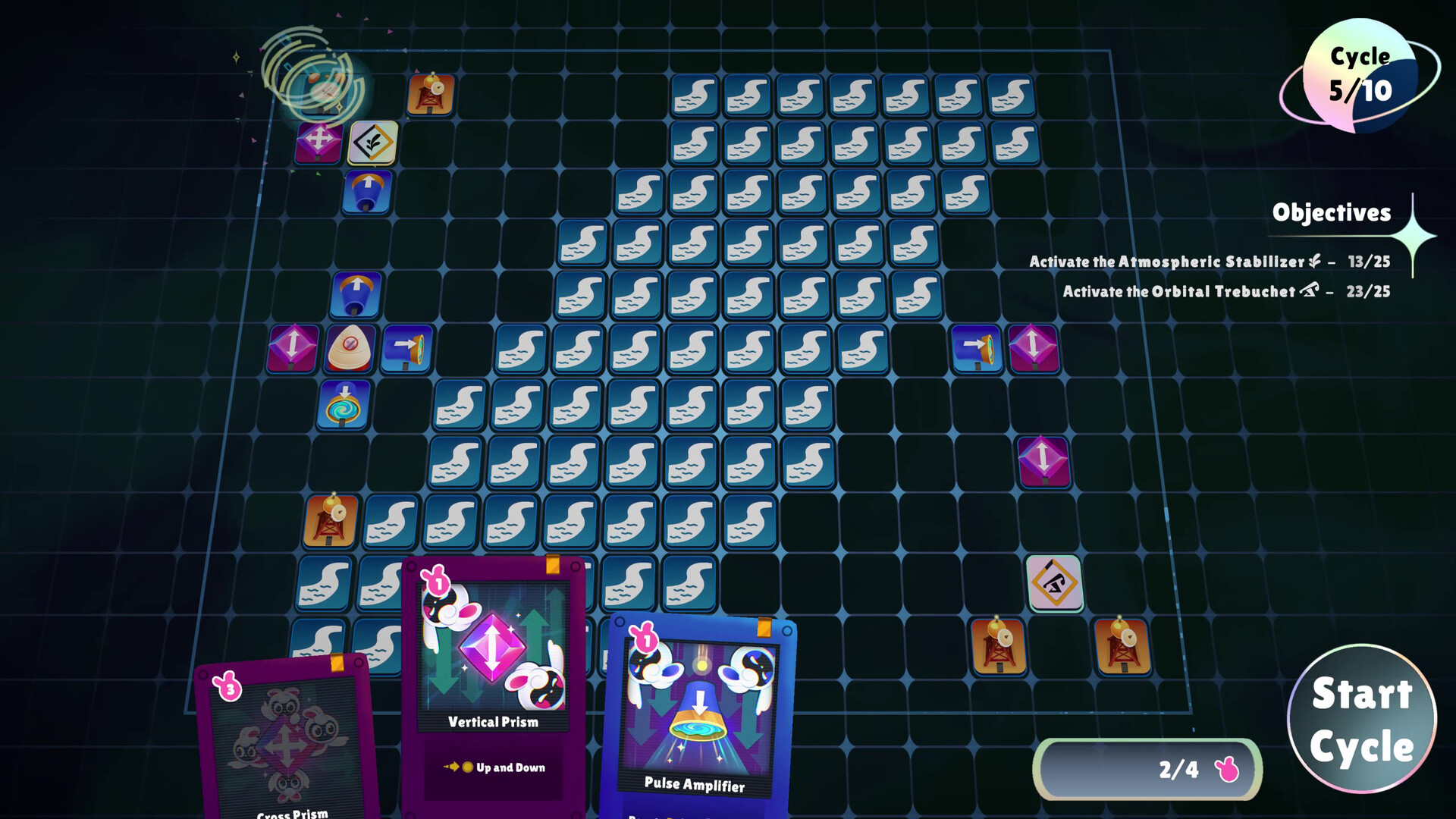We sat down with The Crimson Diamond‘s creator, Julia Minamata, to talk about how its text parser system helps to connect players to the game.
The Crimson Diamond tasks players with solving a complex mystery in a small town in 1900s Canada. What inspired this game and storyline?
The Crimson Diamond was very much inspired by old school Sierra adventure games (brought home from the office by my dad), mystery stories (introduced to me by my mom) and my interests in mineralogy and Canadian history. I wanted to give retro gamers a cozy feeling of nostalgia, but I also wanted to introduce people who have never played a text parser adventure game to try it out!
The storyline was inspired by the setting I create – an abandoned mining town and the lodge and the surrounding area. The game started as an experimentation in pixel art. My inclination towards authentic details led me to doing a lot of research about the styles of furniture and furnishings I wanted to create, which then led to choosing this particular era. From there, I started asking myself questions about who would live in this lodge, why they were there, and what would motivate other characters to come to this place.

The Crimson Diamond also captures a specific era in Canadian history. What drew you to this time? What research and work went into capturing the look and fashion of the period?
The main reason I was drawn to this time period was my interest in classic detective stories such as Sherlock Holmes, and the novels of Agatha Christie. Not to mention, Sierra’s beloved mystery adventure game The Colonel’s Bequest! I knew I wanted to create something that would recall those types of settings. I read bits of Canadian history books, some mineralogy guides, a book that covers fashion throughout history, a wonderful book called Ontario’s Ghost Town Heritage by Ron Brown, and a LOT of Wikipedia!
How did setting the game in this period affect its design?
I knew I wanted Crimson Lodge to be a remote location. Setting the game in the early 1900s was convenient for practical reasons; Nancy has the freedom to snoop to her heart’s content without having to deal with the actual authorities, and news travels slowly in those parts (the telegraph machine in the train station is the main sources of news, and this is a story point in the game). Access to information is also not as easy in this era. Nancy can’t consult a smartphone! She has to rely on her own observations and deductions, as well as asking other characters questions, to gain valuable knowledge.
What interested you about using text parsing for players to interact with the game? Why choose to have players type out their actions instead of giving them a list of commands?
Text parsers require a higher level of engagement from the player. I understand that I’m asking a lot, but I think, for players who are willing to put in an extra bit of effort, that interacting with a game using a text parser will cause them to feel more directly involved in their actions in the game. It’s up to the player to formulate ideas of what they would like to do and then communicate that to the game. It’s a very imaginative and active way of playing!
Lists of commands and dialogue trees are handy designs to encourage player interaction, but they also show the player the limitations of their choices in the game world. The text parser can have hidden depths because the player isn’t being shown all their choices. I do try to write the in-game text to inform players about what objects they can interact with and possible verbs to attempt. I’m not trying to be intentionally obtuse! But I think the lack of explicit on-screen choices can give players the tantalizing illusion of limitless possibilities.


Can you tell us a bit about how you designed the text parser? What work went into getting it to recognize the right words players would need for a detective-style game? What thoughts went into choosing the verbs that the game would accept and that you’d design gameplay moments and actions around?
Adventure Game Studio (AGS) has a text parser baked into the engine which made it relatively easy for me to make a text parser adventure game. I didn’t need to design the actual text parser! The one in AGS is pretty easy to use.
It can be tricky to anticipate words that players might try, though. I’ve watched a lot of people stream the game and I’ve seen people play it at events, which is very helpful. I do try to write the text descriptions and dialogue to indicate to players some of the nouns and verbs that they can use. I tried to think of as many synonyms as possible for the words that I use in the game, and I’m always open to adding more!
What thoughts went into teaching modern players about this old style of adventure interface? Into creating tutorials that would help players learn how to interact with the game’s world using the text parser? How did you ease players who might not be used to these old adventure game systems into working with them?
Text parser games aren’t very common nowadays. I knew that this could limit the audience who’d be interested. Creating the tutorial room was my attempt to appeal to those who’d never used a text parser to ease them into it. Even for those who tend to skip tutorials, the very beginning of Chapter 1 repeats some of the pointers! The beginning of Chapter 1 was also designed to get players acquainted with the text parser. The first goal is to walk around the lodge, opening doors and talking to the other characters. Hopefully by the time players get to the dining room scene, they will have gotten more comfortable with the text parser!
The mysteries of The Crimson Diamond are spread about throughout a wide area, and players can either find unexpected clues/mysteries or miss some things entirely. What appealed to you about creating a mystery game where the answers aren’t guaranteed? Where players will need to do some genuine detective work to figure things out?
I think players want to feel like their participation in a game affects the outcome – that their choices matter! The other side of that coin is that if they miss something in the game, that should affect the outcome, too. But I was careful to make it so that even if players miss a lot of things in the game, they still have access to both main endings by saying “yes” or “no” at a key moment. I wanted any player, regardless of how “well” they’ve played the game, to be able to come away from their first playthrough at least somewhat satisfied with the ending they get!
Adventure games tend to be fairly linear. I knew I wanted to create a game that, while still being quite linear, would also have some replayability. A lot of folks on Twitch have streamed my game, but I don’t think any of them have played it exactly the same or saw the exact same things. In that way, I’m hoping their viewers will want to buy the game and play it themselves.


What challenges came out of giving players the ability to miss things but still be able to complete the game? How did you design your game around many different possible routes players could take?
I always had my sights set on the main, critical path of the game – the main objectives that are explicit in the game and that need to be completed in order for the game to progress. Sometimes I had difficulty deciding what should be part of the critical path and what should be optional. The investigation to do with Margot, for instance, used to be part of the critical path! But there was already a lot going on in the game already, and I did want to reward players for going the extra mile with that part of the story.
The game only really branches in Chapter 6, though there are tons of player actions being tracked by that time. Chapter 7 is when the results of what the player has done (or hasn’t done) are shown. I carefully considered when to branch. Branching too early would’ve meant a lot of extra assets and work! A lot of the branching in The Crimson Diamond actually comes down to the written descriptions. These take much less time to create!
Finally, how did you work to keep your puzzles feeling “fair” in a genre that can be somewhat brutal with what it expects players to figure out? How do you create puzzles that are challenging without frustrating the player?
I actually tried to make the game’s puzzles easy because I knew that the text parser comes with its own built-in difficulty. I designed the puzzles with logic in mind. Some of the puzzles have multiple solutions, because people will have different ideas of what is most logical! I also tried to include different ways of nudging the player in the right direction. Sometimes that takes the form of Nancy saying something aloud, sometimes it’s something another character will say, or there will be clues in a text description or in a “death message” (the text that accompanies when Nancy dies in the game).
The failsafe is the link to the online hintbook that’s in the main menu. No matter how stuck the player becomes, they have access to a full hintbook that should help them along. One of my priorities for The Crimson Diamond was that everybody who plays it should be able to enjoy the full story and reach a satisfactory ending.
The Crimson Diamond is available now on itch.io, FireFlower Games, and Steam.





